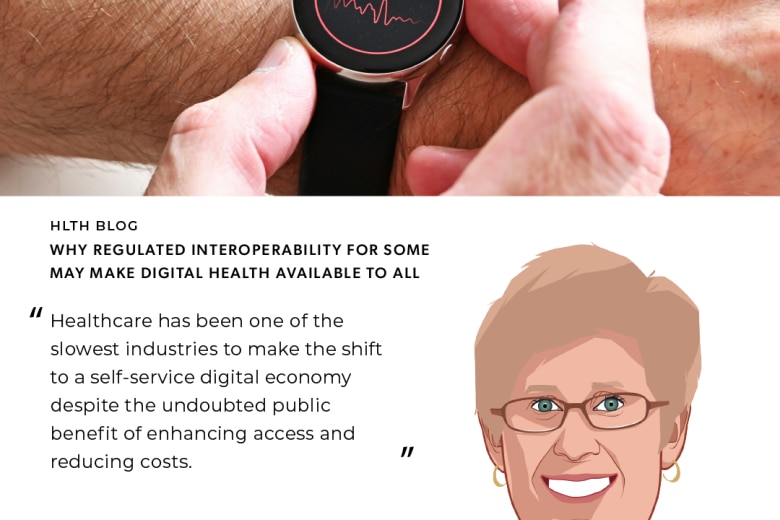Rome wasn’t built in a day, and the same could certainly be said for an electronic medical record (EMR) system. It’s a journey rather than a project – but at Bendigo Health in Victoria, Australia, the most difficult part of the process isn’t the EMR implementation. Rather, it’s building the business case, identifying the benefits, defining the key performance indicators (KPIs) and establishing governance around it.
At the beginning of this year, we moved into the new Bendigo Hospital. It’s the largest regional hospital development in the state of Victoria, with 3,500 rooms and approximately 500 beds for in-patient, same-day and mental health patients. Implementation of our new EMR and clinical information system started a year ago, and is expected to go live at the end of 2017.
However, building the business case for the EMR started over five years ago and the benefits realisation program associated with the business case will be monitored for at least 10 years.
Anyone who has been through the process will know that it’s quite difficult to get sign-off on a business case for an EMR. In our case, board approval took six months, with a number of iterations around the soft versus hard benefits. Ensuring that benefits are delivered is no piece of cake, either. So I thought I might share some lessons that we have learned.
- Start your benefits realisation on day oneWe embarked on a benefits realisation program for the EMR right from day one. We requested business cases from various local and international sources, although many were not forthcoming. Therefore, we used third party consulting groups to assist us with developing our framework. We also realised the need for a dedicated benefits realisation manager role, which would be responsible for creating an appropriate governance structure and the collection of baseline data. If you can’t baseline data, then how are you going to measure it?
- Keep your EMR and ICT teams separateEarly on, we split the EMR project team away from the Information and Communications Technology (ICT) department. The two departments talk constantly and are integrated, but are ultimately managed separately. Best practices recommend that you create a new project team that is clinically focused and engaged in clinical process redesign.
- Research and validate your KPIsWe made business unit managers responsible for collecting baseline data so that we could model potential KPIs. We started by developing a benefits framework with internal modelling of around 70 KPIs. We narrowed that down to the 25 that were relevant for Bendigo Health and then cut that number down to the 19 that we thought were achievable. We asked: Are these 19 reasonable? How are we going to cost them? Can we really meet them? We then engaged a third party for further modelling and research to validate our KPIs.
- Give benefits realisation enough timeOur benefits realisation model is mapped over a 10 year period. This ensures that it complements the business case and allows for certain benefits to be achievable over the short, medium and longer terms. While we know that the percentages to achieve our KPIs will be lower in the early years, in the latter years we hope to get 100 percent of the expected savings. However, benefits realisation also depends upon the method of EMR implementation (staged vs. big bang), and the experience and relationship developed with your vendor. We are very happy so far with what we have achieved.
- Benefits realisation needs its own governanceWe have a formal governance framework for benefits realisation. We have put a lot of effort into this, and the Board is very supportive. All executives are accountable for delivering the benefits, while business unit managers are responsible for the collection and reporting of the data. Reporting will be once a month, and will be focussed on reviewing KPIs because we understand this is a substantial investment for Bendigo Health. Where hard cash savings are to be realised, these savings will be automatically deducted from departmental operational budgets at the appropriate time.
- Ensure accountability from top to bottomOur benefits are matched to our strategic/operational plans and actions. Executives are also held accountable through a formal agreement outlining divisional benefits that they sign off on. We use a strategic planning tool to record our objectives and tasks, and every month we report against them.
- Remember, you’re not in it just for the moneyWe split our KPIs into three categories: quality and safety, service improvement and direct financial. Whilst the Board focused on direct financials, there was an agreement that in the early years, cash saving benefits would be difficult to realise and that the EMR is all about clinical and patient service improvements – particularly in the area of quality and safety. That’s where it should be, but I can tell you that it’s a hard sell.
Good luck!



































